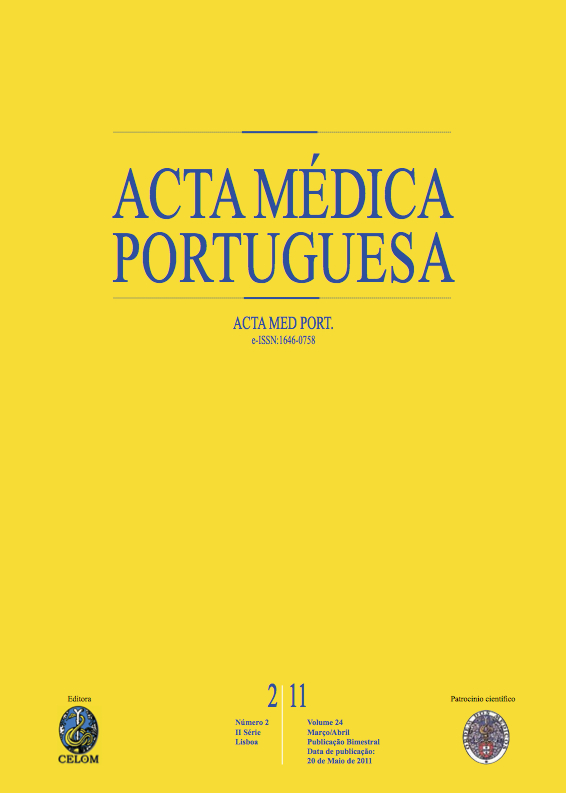Ventilatory weaning: rehabilitation strategies in intensive care setting.
DOI:
https://doi.org/10.20344/amp.1618Abstract
Mechanical ventilation is probably the medical intervention which resulted in more lifes saved in the history of Medicine. However, it is associated with several potential deleterious consequences, especially when it's maintained for unnecessarily long periods or, on the other hand, when suspended before full recovery is attained. Shortening the duration of mechanical ventilation and of the weaning process should be a clinical priority, outweighing the risks of extubation failure. Definite criteria and optimal timing for weaning initiation are still controversial, with several proposed clinical intervention protocols usually consisting of daily screening for weaning potential (daily weaning screening). Nowadays, most hospitals in developed countries have placed rehabilitation as an essential therapeutic intervention in critically ill patients. Nonetheless, its precise role varies from unit to unit, taking into account the country, local traditions, experience and technical quality of the professionals The authors present an overview of different respiratory and neuromuscular rehabilitation strategies currently available through the clinical course of invasively ventilated patients and throughout the weaning process.Downloads
Downloads
How to Cite
Issue
Section
License
All the articles published in the AMP are open access and comply with the requirements of funding agencies or academic institutions. The AMP is governed by the terms of the Creative Commons ‘Attribution – Non-Commercial Use - (CC-BY-NC)’ license, regarding the use by third parties.
It is the author’s responsibility to obtain approval for the reproduction of figures, tables, etc. from other publications.
Upon acceptance of an article for publication, the authors will be asked to complete the ICMJE “Copyright Liability and Copyright Sharing Statement “(http://www.actamedicaportuguesa.com/info/AMP-NormasPublicacao.pdf) and the “Declaration of Potential Conflicts of Interest” (http:// www.icmje.org/conflicts-of-interest). An e-mail will be sent to the corresponding author to acknowledge receipt of the manuscript.
After publication, the authors are authorised to make their articles available in repositories of their institutions of origin, as long as they always mention where they were published and according to the Creative Commons license.









